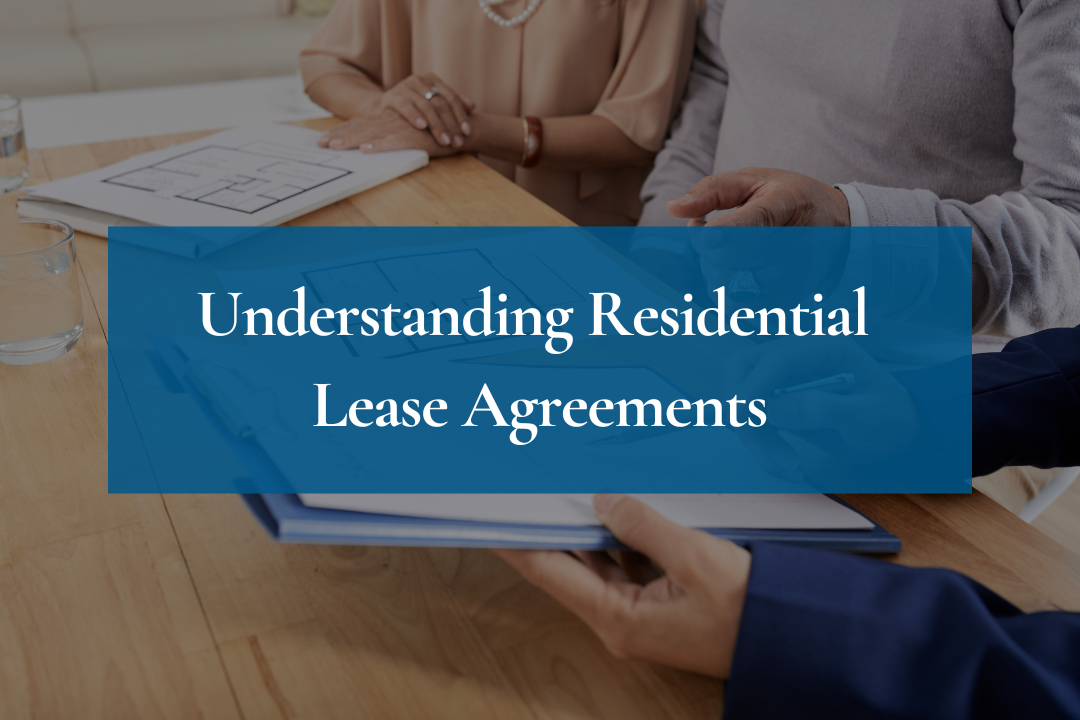When it comes to renting a property, a residential lease agreement is essential for both tenants and landlords. This legal document lays out the expectations, rights, and responsibilities of both parties, helping to avoid confusion and protect everyone involved. In this blog, we’ll break down key elements of a residential lease agreement so both tenants and landlords know what to expect and what to look out for.
1. Rent and Security Deposits
This section is straightforward but critical. The lease agreement should clearly state the rent amount, due date, and any penalties for late payments. For landlords, setting clear expectations prevents payment issues down the road. For tenants, knowing these details upfront avoids any surprises. Security deposits should also be outlined, including how and when they will be returned.
2. Maintenance and Repairs
Who’s responsible for what when it comes to property maintenance? Lease agreements should clearly define whether the landlord or tenant handles specific repairs and upkeep. Tenants need to know which issues fall under their responsibility (like changing light bulbs or keeping the yard tidy) and which ones the landlord will handle (such as fixing major appliances or structural repairs).
3. Lease Term and Renewal
Lease agreements typically run for a specific term, usually 12 months. It’s important for both tenants and landlords to understand the terms of renewal or termination. Can the lease automatically renew, or is a new agreement required? What are the terms if either party wants to end the lease early? This section helps prevent misunderstandings later on.
4. Rules and Regulations
This section covers things like whether pets are allowed (check out our post on pet policies!), any limits on guests, noise restrictions, and other property rules. If the neighbor has an HOA, the tenant needs to be informed of the HOA rules as well. Both tenants and landlords benefit from clear boundaries here, as it keeps the property running smoothly and ensures a respectful living environment for everyone.
Understanding the elements of a residential lease agreement is crucial for both tenants and landlords. Whether you’re a first-time renter or a seasoned property owner, reviewing these key sections will make the renting experience clearer and easier.
Need help navigating the fine print of your lease agreement? Contact us today for expert advice and personalized property management.



